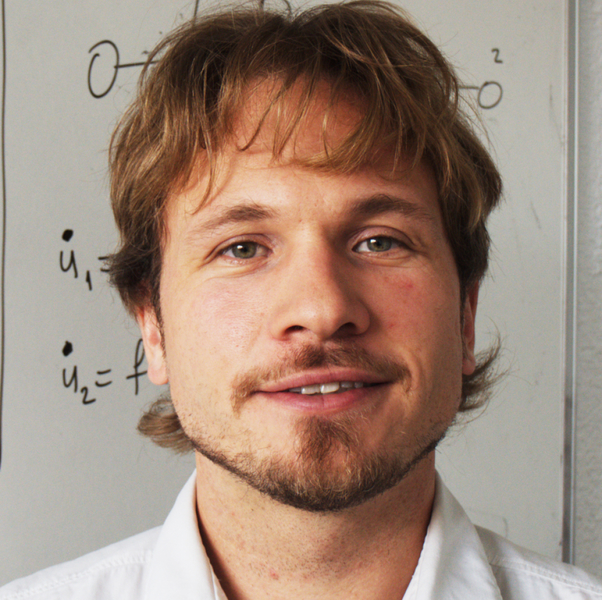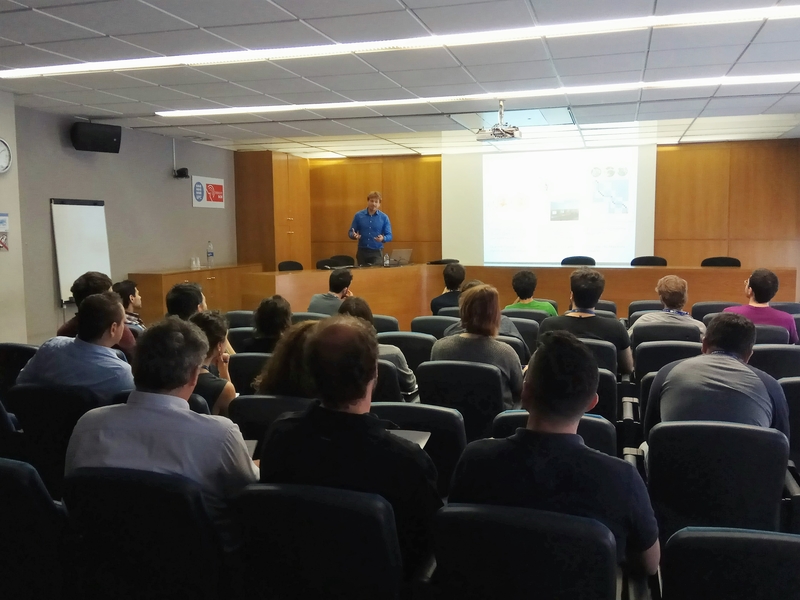Objectives
Abstract: Despite obvious improvements in computing efficiency, even the highest-resolution global climate models will not be run at horizontal gridbox resolutions better than a few kilometers in the foreseeable future. This is both due to the equipment cost as well as the energy needed to run the simulations. Furthermore, regional and impact models often require far better resolution to resolve processes at the local scale.
In this talk, I argue that crucial cloud features, represented only in a statistical way by climate models, emerge from much smaller scales, far below that of single convective cloud diameters. “Emergence” is here defined as a feature, that originates from the small-scale interactions, but manifests itself at scales that are orders of magnitude larger.
Specifically, very-high-resolution large eddy simulations (LES, 100 – 200 m horizontal resolution), are designed to resolve certain features of turbulence and exploit spectral scaling assumptions to reasonably approximate even sub-grid dynamical processes. LES are currently the most appropriate simulation tool in describing convective self-organization.
Our results are based on process analysis of such LES simulations, paired with conceptual modeling. We show that self-organized lateral convergence, often used as a crude estimate of convective activity in traditional climate models, plays a crucial role here, however at the very small scales (100s of meters). We argue that a gradual transition from classical (boundary layer) Rayleigh-Bénard-type convection to coarser and coarser convective self-organization occurs, once precipitation sets in. With the increase of scale, cold pools (density currents), play a key role in structuring the boundary layer – ultimately driving the production of extreme precipitation and determining the cloud area fraction. For GCM parameterizations, variables should be introduced that capture the degree of sub-grid organization.
Our results may have potential future applications in extreme events, e.g. the super-Clausius-Clapeyron increase of precipitation extremes, dust storms and ultimately the earth’s radiation budget.
 Short Bio: Jan Haerter received a Ph.D. in theoretical condensed matter physics from the University of California at Santa Cruz, USA (2007). He then joined the Max Planck Institute for Meteorology, Hamburg, Germany, where he worked on extreme precipitation and developed statistical bias correction methods. In 2011 he moved to the Niels Bohr Institute, Copenhagen, to study a range of complex systems (e.g. complex networks, evolution, epigenetics), using methods from nonequilibrium statistical physics. In 2015/2016 Jan spent a one-year research visit at the Institute for Fundamental Physics, University of Barcelona. In the meantime, Jan continued to study convective cloud, recently more and more using high-resolution simulations and conceptual modeling. His work on convective self-organization is funded by a 5-year grant by the Danish Villum Foundation and an ERC Consolidator Grant (starting in July 2018).
Short Bio: Jan Haerter received a Ph.D. in theoretical condensed matter physics from the University of California at Santa Cruz, USA (2007). He then joined the Max Planck Institute for Meteorology, Hamburg, Germany, where he worked on extreme precipitation and developed statistical bias correction methods. In 2011 he moved to the Niels Bohr Institute, Copenhagen, to study a range of complex systems (e.g. complex networks, evolution, epigenetics), using methods from nonequilibrium statistical physics. In 2015/2016 Jan spent a one-year research visit at the Institute for Fundamental Physics, University of Barcelona. In the meantime, Jan continued to study convective cloud, recently more and more using high-resolution simulations and conceptual modeling. His work on convective self-organization is funded by a 5-year grant by the Danish Villum Foundation and an ERC Consolidator Grant (starting in July 2018).

Speakers
Jan O. Haerter, Niels Bohr Institute, University of Copenhagen.
Further information
On the web: atmospheric-complexity.nbi.ku.dk
